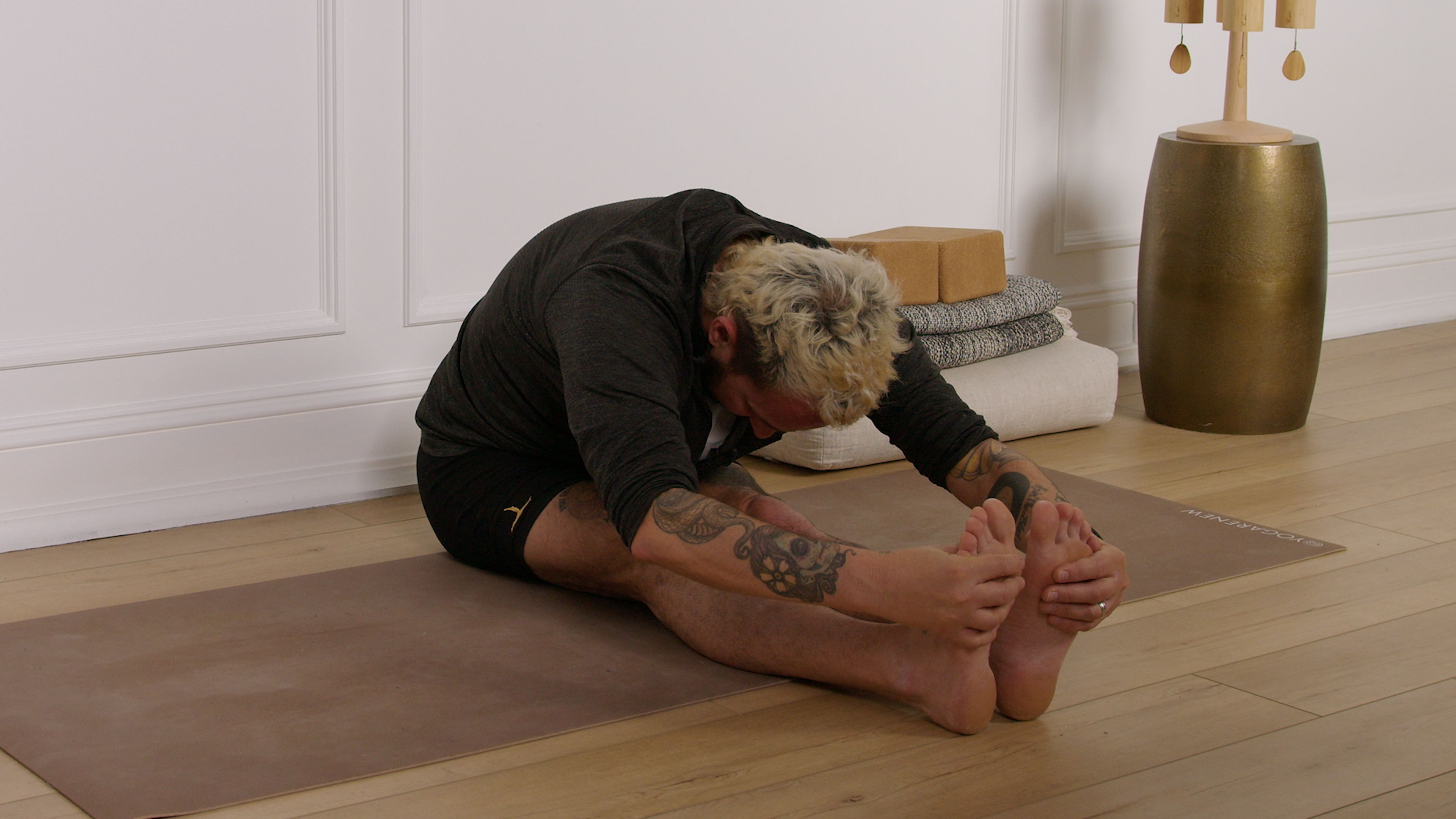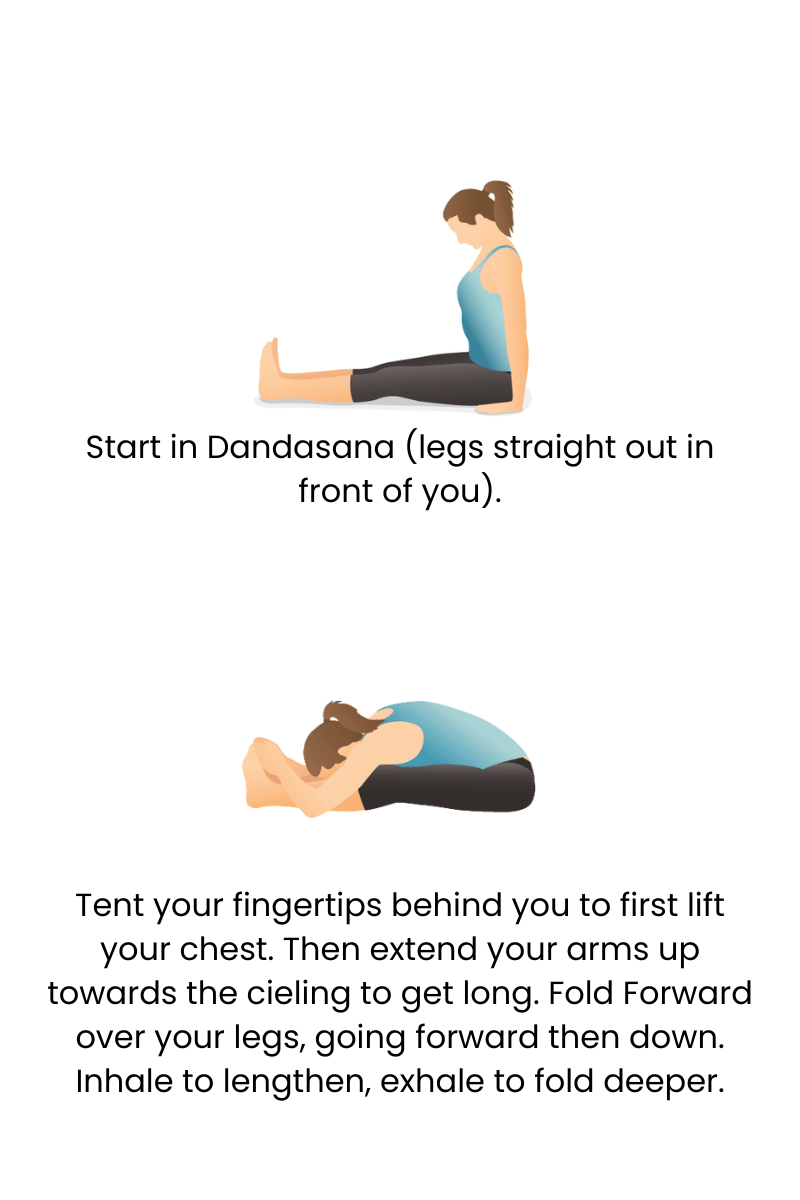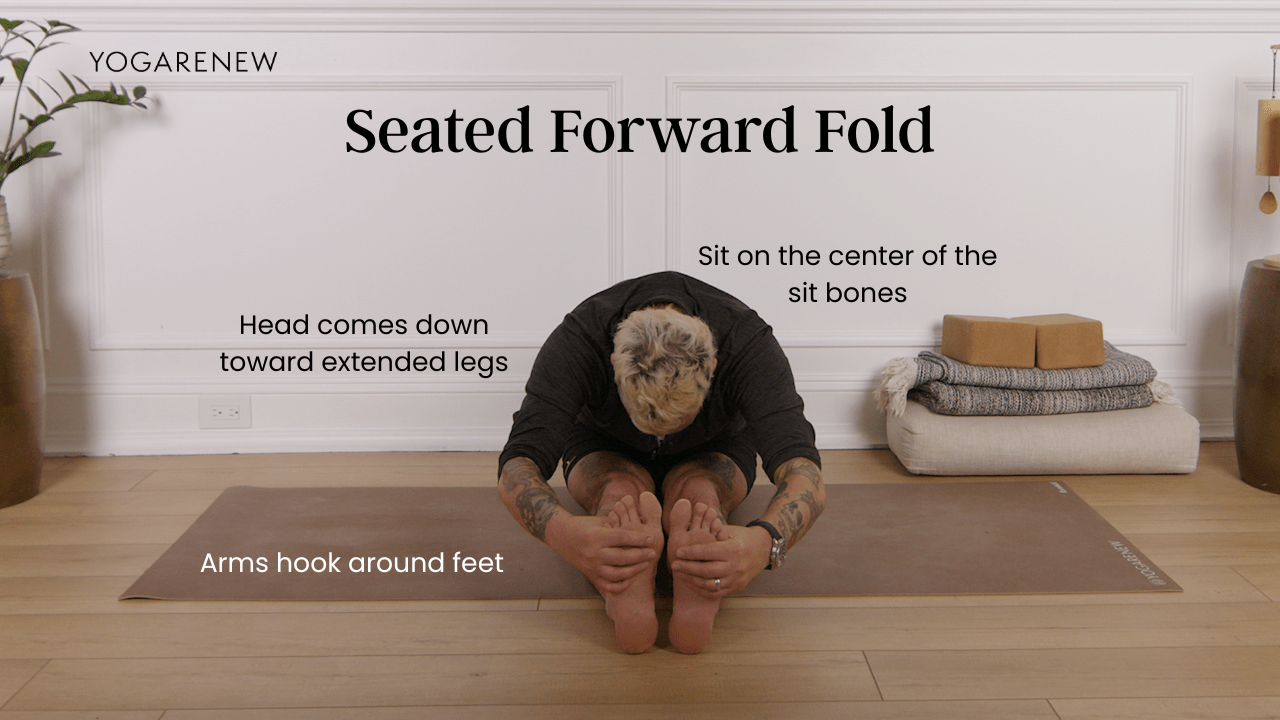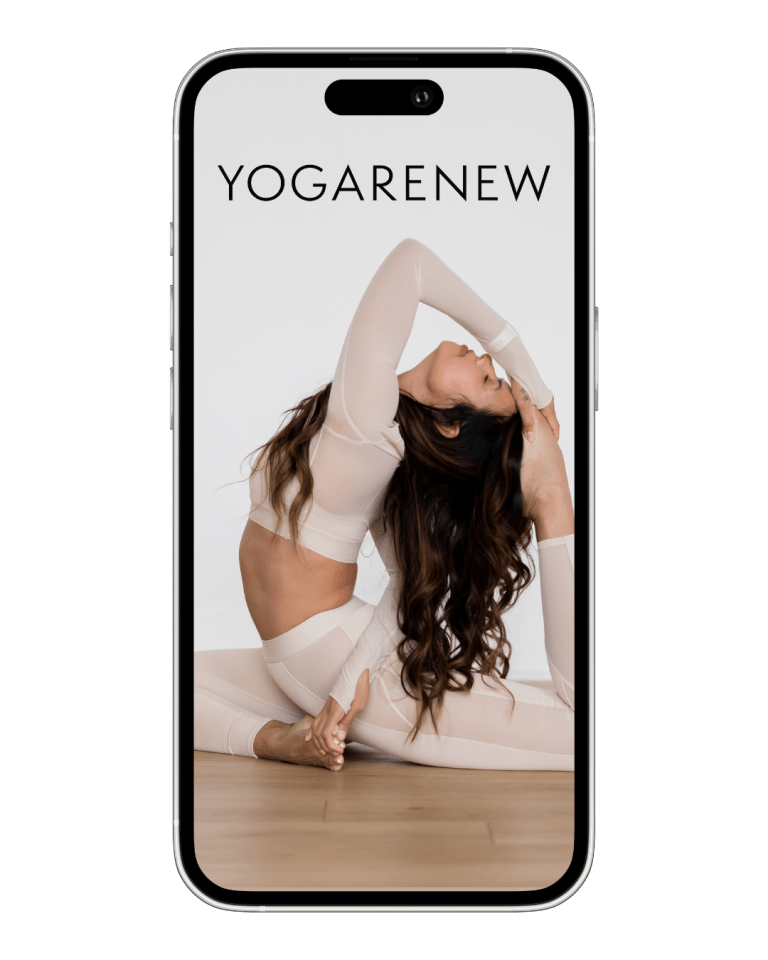What is Seated Forward Fold?
English Name:Seated Forward Fold
Sanskrit Name:Paschimottanasana (pronounced POSH-ee-moh-tan-AHS-uh-nuh)
Category: Forward Fold, Seated Pose, Flexibility, Calming

English Name:Seated Forward Fold
Sanskrit Name:Paschimottanasana (pronounced POSH-ee-moh-tan-AHS-uh-nuh)
Category: Forward Fold, Seated Pose, Flexibility, Calming
Seated Forward Fold, or Paschimottanasana, is a classic yoga pose that offers a deep stretch for the entire back body—from the calves and hamstrings to the spine. While it might look like a simple fold, this posture goes far beyond flexibility, encouraging patience, introspection, and breath awareness.
Practiced with care, this forward fold calms the nervous system, improves digestion, and supports a mindful relationship with discomfort and release. It’s a go-to posture in Hatha, Vinyasa, Yin, and Restorative classes for opening up space in both body and mind.
Stretches the Hamstrings & Spine: Lengthens the back body from heels to head
Calms the Nervous System: Encourages parasympathetic activation and relaxation
Improves Digestion: Gentle compression of abdominal organs stimulates function
Enhances Flexibility: Promotes suppleness in the hips, calves, and lower back
Supports Mental Clarity: Encourages inward focus and emotional release
Sit on your mat with legs extended straight in front of you, feet flexed.
Inhale to sit tall, lengthening through the spine.
Exhale as you hinge at the hips to fold forward over your legs.
Keep your spine long and lead with the heart, not the head.
Let your hands rest on your shins, ankles, or feet—wherever they comfortably land.
Relax your shoulders and jaw, and breathe deeply.
Hold for 5–10 breaths or longer in restorative practices.
To exit, inhale and slowly rise back up, stacking the spine one vertebra at a time.


Seated Forward Fold isn’t just a hamstring stretch—it’s a moment of quiet introspection. It offers space to surrender, breathe, and listen. Physically, it promotes flexibility and posture. Energetically, it helps draw attention inward. With consistency and softness, this pose becomes a teacher in patience, compassion, and letting go.
Not at all. Focus on length through the spine and gradual depth. Props help!
Yes—especially with bent knees or sitting on a blanket to support posture.
Try bending your knees or using a strap around your feet to maintain length in the spine.

Explore classes & pose tutorials for any style, format, duration or experience level with a free account in the YogaRenew app. Or subscribe and gain access to workshops, live classes and more.